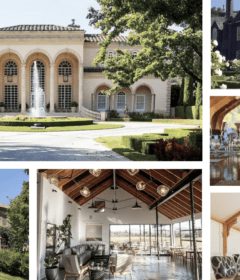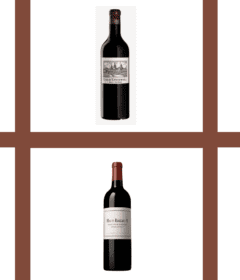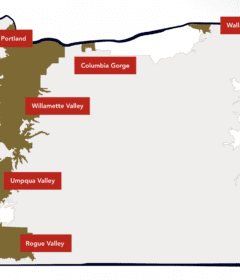Three Incredible Bordeaux Wines
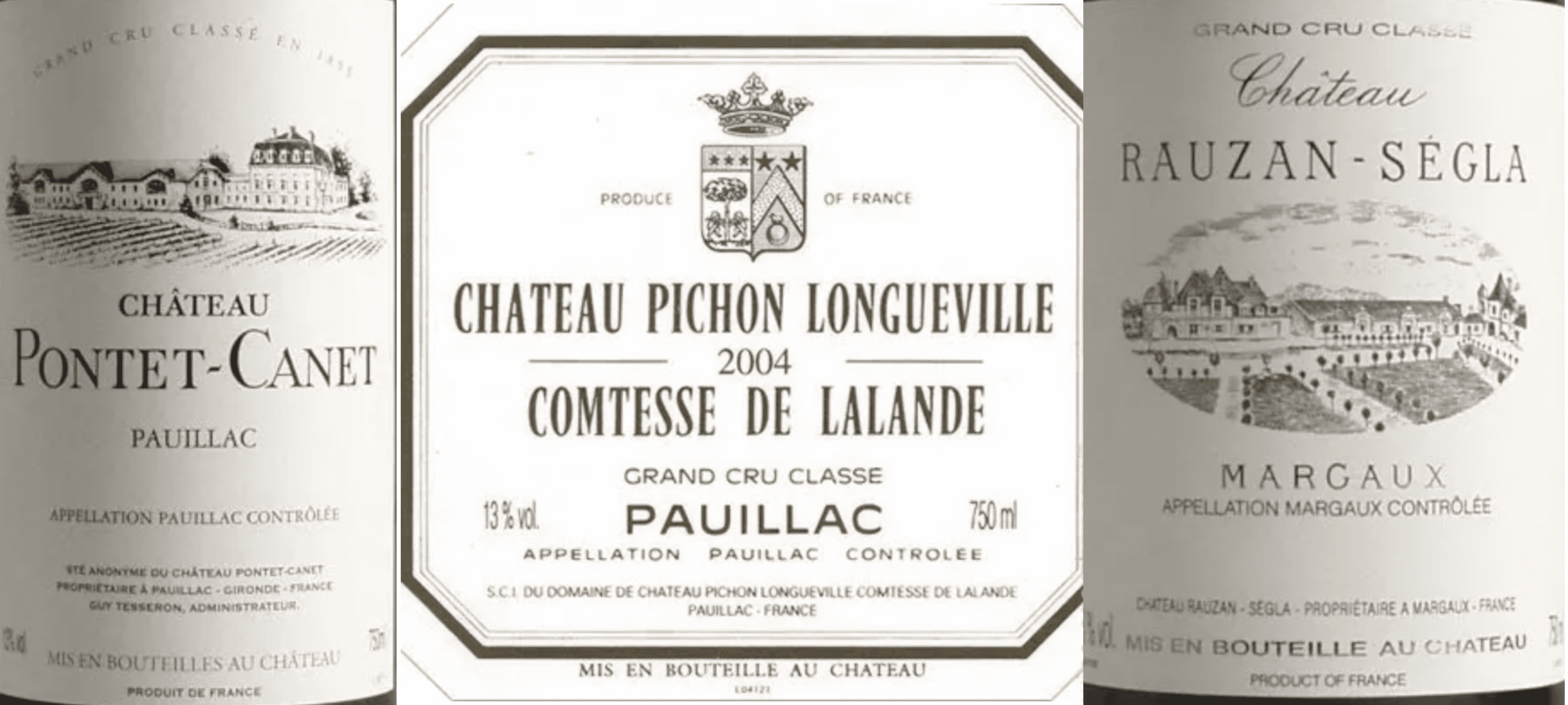
Three Incredible Bordeaux Wines. Bordeaux, in the southwest of France, needs little introduction as one of the world’s most famous, prestigious and prolific wine regions. Its three trump cards are diversity, quality and quantity.
The majority of Bordeaux wines (nearly 90% of production volume) are the dry, medium- and full-bodied red Bordeaux Blends that established its reputation. The finest (and most expensive) of these come from the great châteaux of the Haut-Médoc and the Right Bank appellations Saint-Émilion and Pomerol. The legendary reds are complemented by high-quality white wines, both dry styles (particularly from Pessac-Léognan) and the sweet, botrytized nectars of Sauternes.
A Bordeaux Blend, at its most basic, is any combination of those grape varieties typically used to make the red wines of Bordeaux. The phrase, which seems to have originated with British wine merchants in the 19th Century, relates as much to wines made from the blend as to the grape variety combination itself. Far from being an officially defined or legal term, it is almost never used for wine-labeling purposes (although it occasionally appears on back labels). The equivalent in the United States is Meritage, which is not only legally defined, but also a registered trademark.
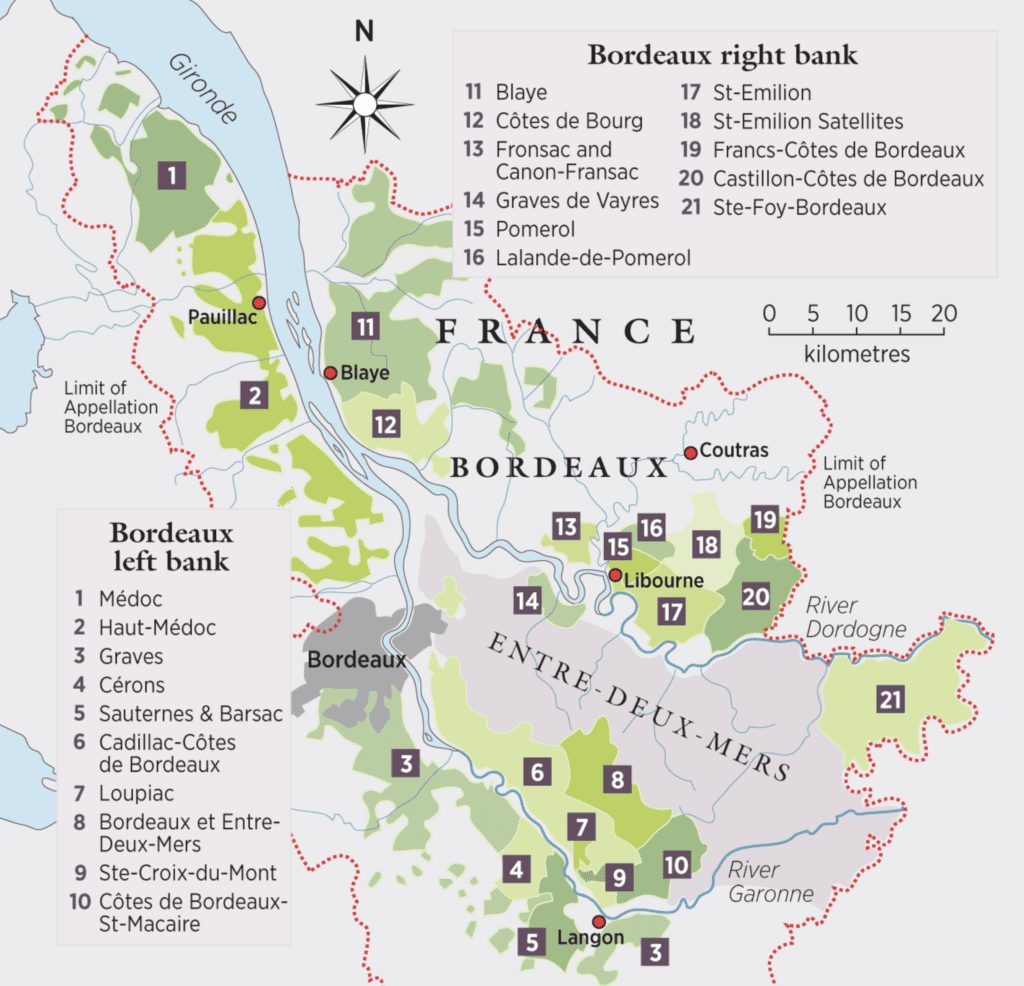
Bordeaux Wine Region
Key Appellations
There are 57 appellations across Bordeaux, making it the biggest producer of appellation wines in France.
Margaux
With 1,100ha it only has a few less than St-Estèphe, and a very wide variety of soils.
Pauillac
With its 900ha sandwiched between St-Julien in the south and St-Estèphe in the north, Pauillac proudly resembles neither. The Pauillac style is varied; the fragrance of Lafite, the severity of Latour and the sumptuousness of Mouton making this point strongly, the base being a density of flavour and a firmness that needs time to open up.
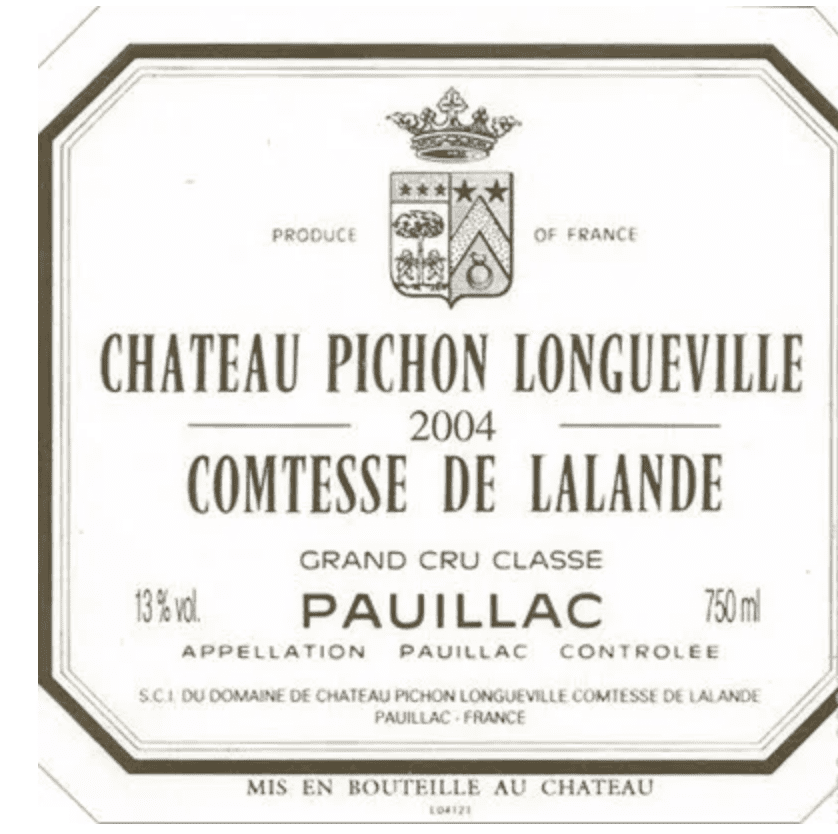
Three Incredible Bordeaux Wines – Château Pichon Longueville Comtesse de Lalande
Château Pichon Longueville Comtesse de Lalande (commonly referred to as Pichon Lalande or Pichon Comtesse) is a winery in the Pauillac appellation of the Bordeaux region of France. Château Pichon Longueville Comtesse de Lalande is also the name of the red wine produced by this property. The wine produced here was classified as one of fifteen Deuxièmes Crus (Second Growths) in the original Bordeaux Wine Official Classification of 1855.
Pauillac, a commune located between Saint-Estèphe and Saint-Julien on Bordeaux’s Médoc peninsula, is home to some of the world’s most famous and expensive red wines wines, made predominantly from the Cabernet Sauvignon grape variety, which is well suited to the free-draining gravel soils found in Pauillac’s vineyards. In addition to Cabernet Sauvignon, Cabernet Franc, Merlot, Carmenère, Petit Verdot and Malbec are also permitted for use under the Pauillac appellation laws.
The stellar reputation of Pauillac wines is based not only on their quality, but on their success in international fine wine markets. Three of the top five châteaux in the 1855 Médoc Classification (a ranking of Bordeaux’s best wine-producing properties) are located here; Mouton Rothschild, Lafite Rothschild and Château Latour.
Producer: Chateau Pichon Longueville Comtesse de Lalande
Region/Appellation: Pauillac
Country Hierarchy: Medoc, Bordeaux, France
Grape/Blend: Bordeaux Blend Red
Food Suggestion: Rib-eye, leg of lamb and Venison
Wine Style: Red – Savory and Classic
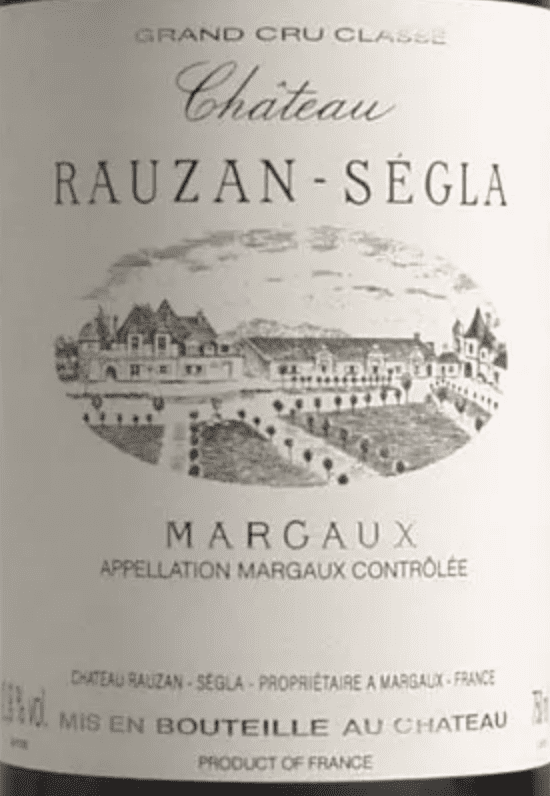
Three Incredible Bordeaux Wines – Chateau Rauzan-Segla
Second Growth. Deuxieme Grand Cru Classe in 1855. Previously called Chateau Rausan-Segla.
Margaux is an important appellation in the Haut-Médoc district of Bordeaux, southwestern France. Located 25 kilometers (15 miles) north of the city of Bordeaux, the appellation is famous for producing supple, perfumed wines, predominantly from Cabernet Sauvignon.
The Margaux appellation contains 21 cru classé properties from the 1855 Bordeaux Classification (20 of which still exist), more than any other Left Bank appellation. It is also, geographically speaking, the largest in the Médoc, and is divided into five communes or parishes.
The distinctive flavors and textures of Margaux wines are often attributed to the local soils. In Margaux, the soils have a high gravel content (Pauillac and Saint-Estèphe have slightly more clay), which leads to excellent drainage and a low level of nutrients. Vines grow well in poor, loose, free-draining soil; the poorer the soil, the deeper the vines must go to find water and nourishment. This makes them physically stronger and also allows them to reflect the specific characteristics of the deeper soils.
Producer: Chateau Rauzan-Segla
Region/Appellation: Margaux
Country Hierarchy: Medoc, Bordeaux, France
Grape/Blend: Bordeaux Blend Red
Food Suggestion: Beef and Venison
Wine Style: Red – Savory and Classic
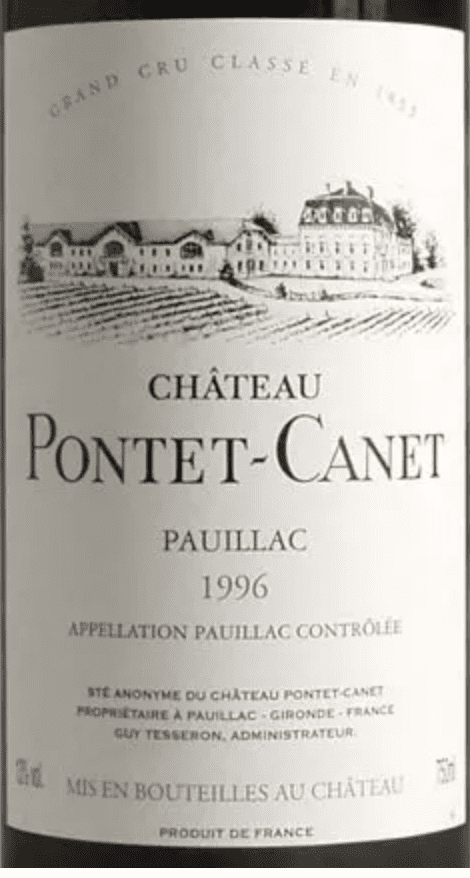
Three Incredible Bordeaux Wines – Chateau Pontet-Canet
These Bordeaux wines have delighted many well-know figures, most famously Thomas Jefferson who came across this wine during his visit to the vineyards of Bordeaux, placing an order for several cases of it. He thus became a fervent admirer or Rauzan-Segla wines. Some decades later, the 1855 Classification ranked Chateau Rauzan-Segla as a Second Growth.
The current chateau was built in 1903, designed by architect Louis Garros, who drew inspiration from the original Perigord-style buildings in the the chateau, as well as G. LeBreton who designed the park and green spaces. Then time went by and the chateau gradually fell into a slumber.
Then, CHANEL purchased Chateau Rauzan-Ségla in April 1994 and immediately started a full renovation programme. The vineyard has been drained – a 15-kilometer network is now in place, 2 parcels of Petit Verdot were planted and 3 hectares of vines were grafted over with Merlot. Today, 51 hectares are in production for an average total production of 200 000 bottles – Chateau Rauzan- Ségla and its second wine Ségla. The winery has been adapted and large vats progressively replaced by smaller capacities – matching the parcels’ sizes. From the 2004 picking on, grapes will be sorted on two 10-meter long vibrating tables, so that each single berry is checked before entering the vats. Maturation cellars have been completely renovated and a new room built for the bottling-labelling machines – making Chateau Rauzan-Ségla fully independent for the entire production process.
Producer: Chateau Pontet-Canet
Region/Appellation: Pauillac
Country Hierarchy: Medoc, Bordeaux, France
Grape/Blend: Bordeaux Blend Red
Food Suggestion: Beef and Venison
Wine Style: Red – Savory and Classic

